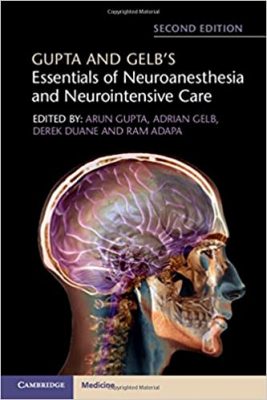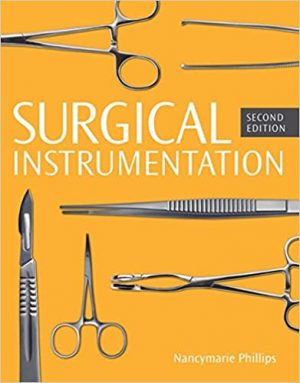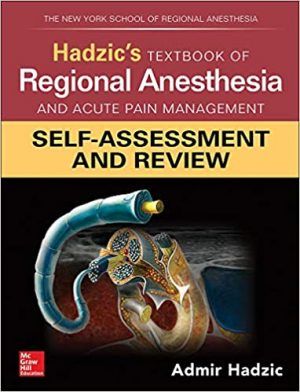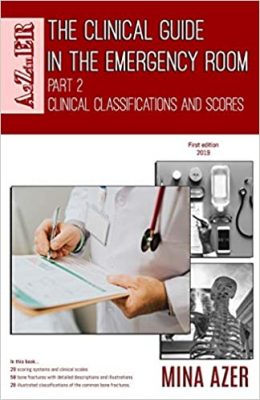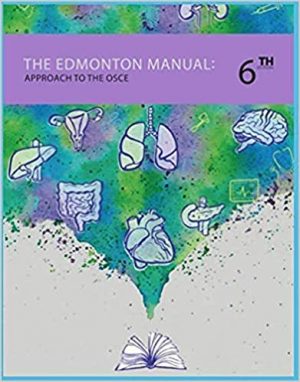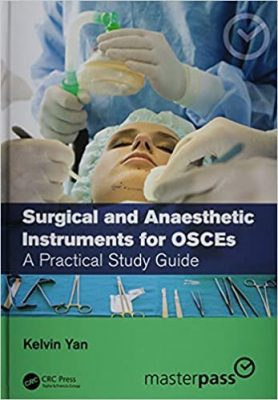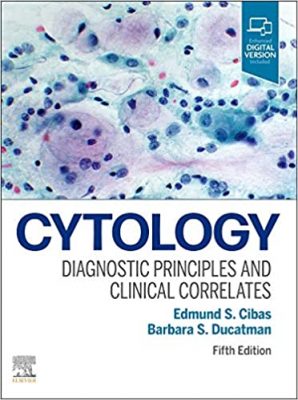Basic Life Support Provider Manual 2020
Basic Life Support Provider Manual 2020

Basic Life Support Provider Manual
The BLS Provider Manual is a complete guide and reference tool that covers all the information students need to know in order to successfully complete the BLS course. For easier learning, multiple-choice questions can be found at the end of each chapter. The answers to these exercises are found at the very end of the book.
Basic Life Support (BLS) refers to a set of procedures that can be learned to prolong survival in life-threatening situations until more professional help is available. Any individual can become certified in basic life support protocols. These protocols are frequently updated, based on the latest evidence available, and every individual who undergoes BLS certification may need to refresh their knowledge every two years.
Medical professionals usually have a sound understanding of basic life support protocols. Even then, it is essential for them to frequently undergo certifications to update their knowledge regarding the latest evidence-based protocols. This handbook is designed for both medical professionals and non-healthcare individuals. It aims to establish a sound understanding of the mechanisms underlying basic life support.
The intended audience is healthcare students and personnel who need to learn how to perform CPR and other basic cardiovascular life support skills in a wide variety of both clinical and prehospital settings.
DOWNLOAD THIS BOOK









